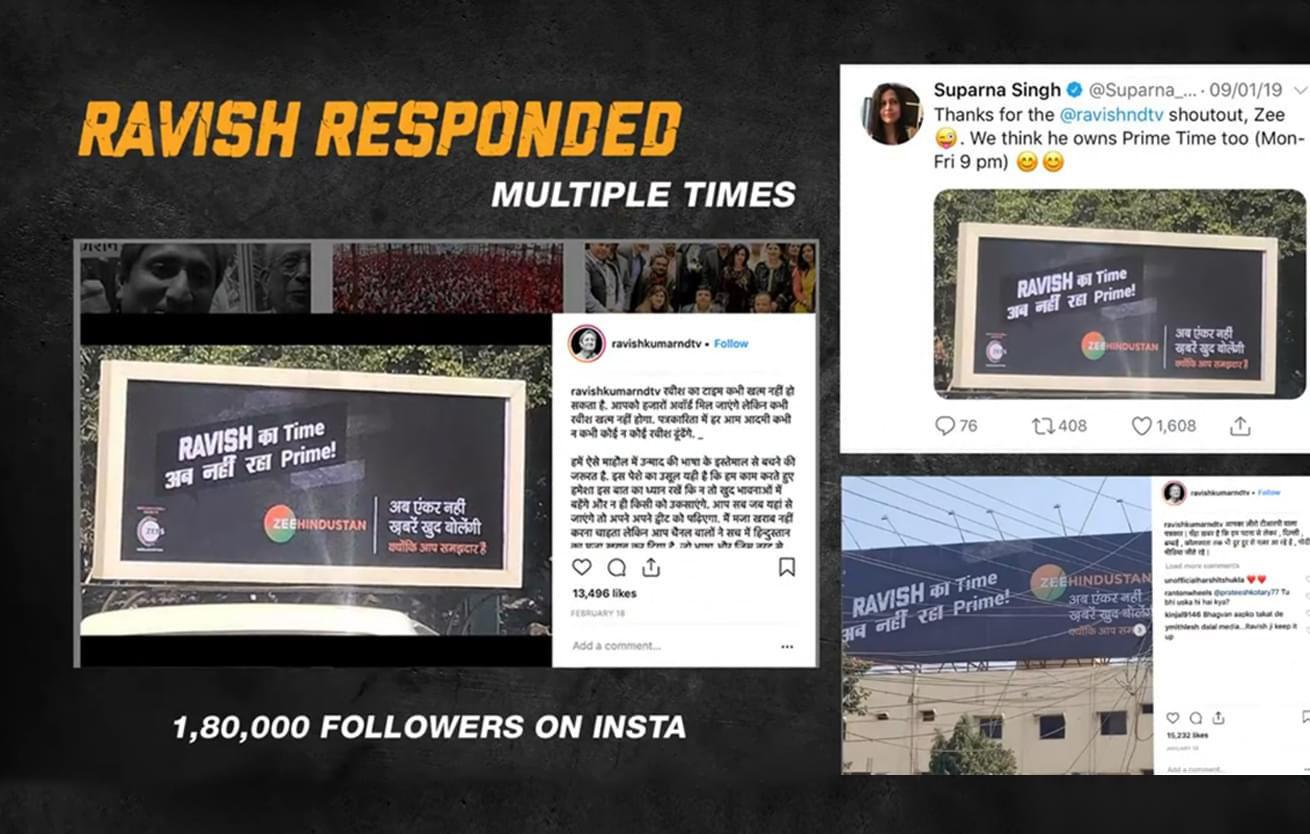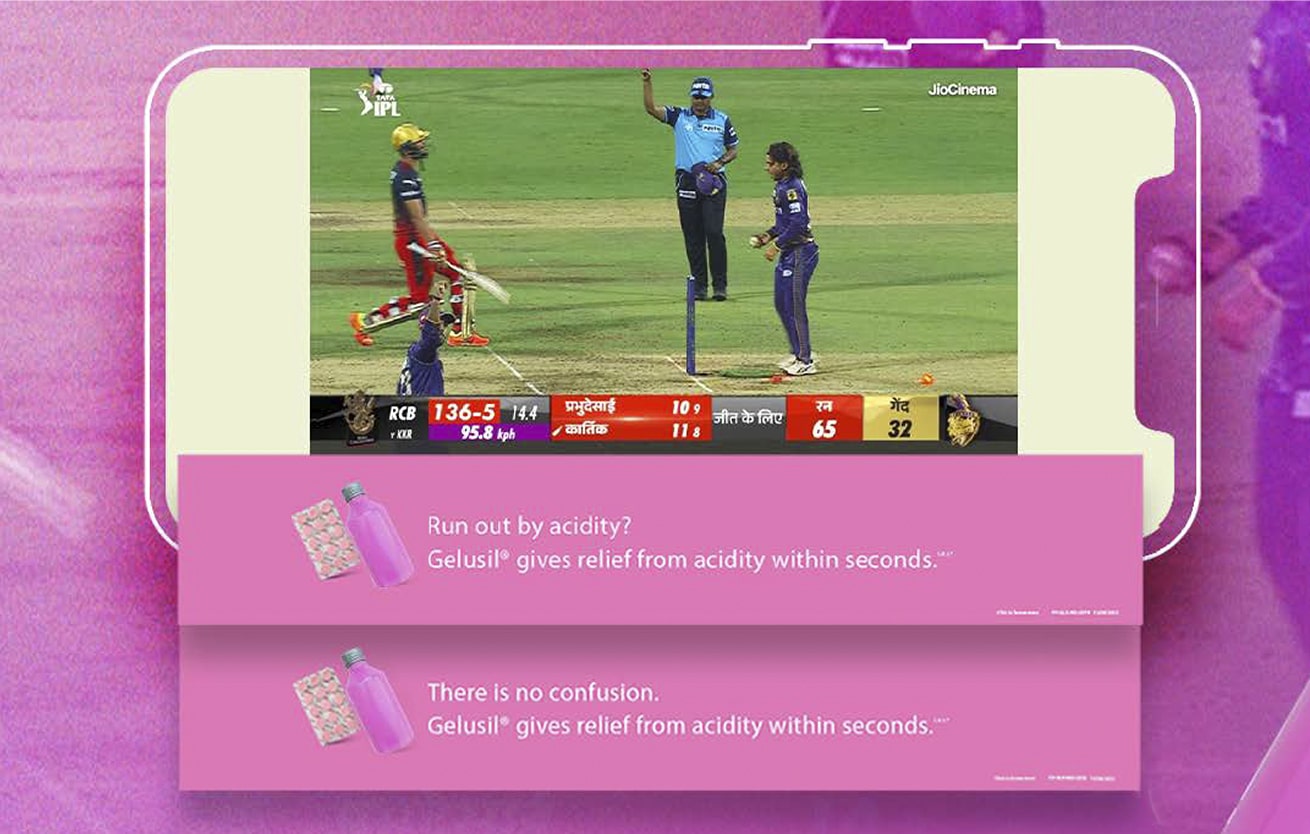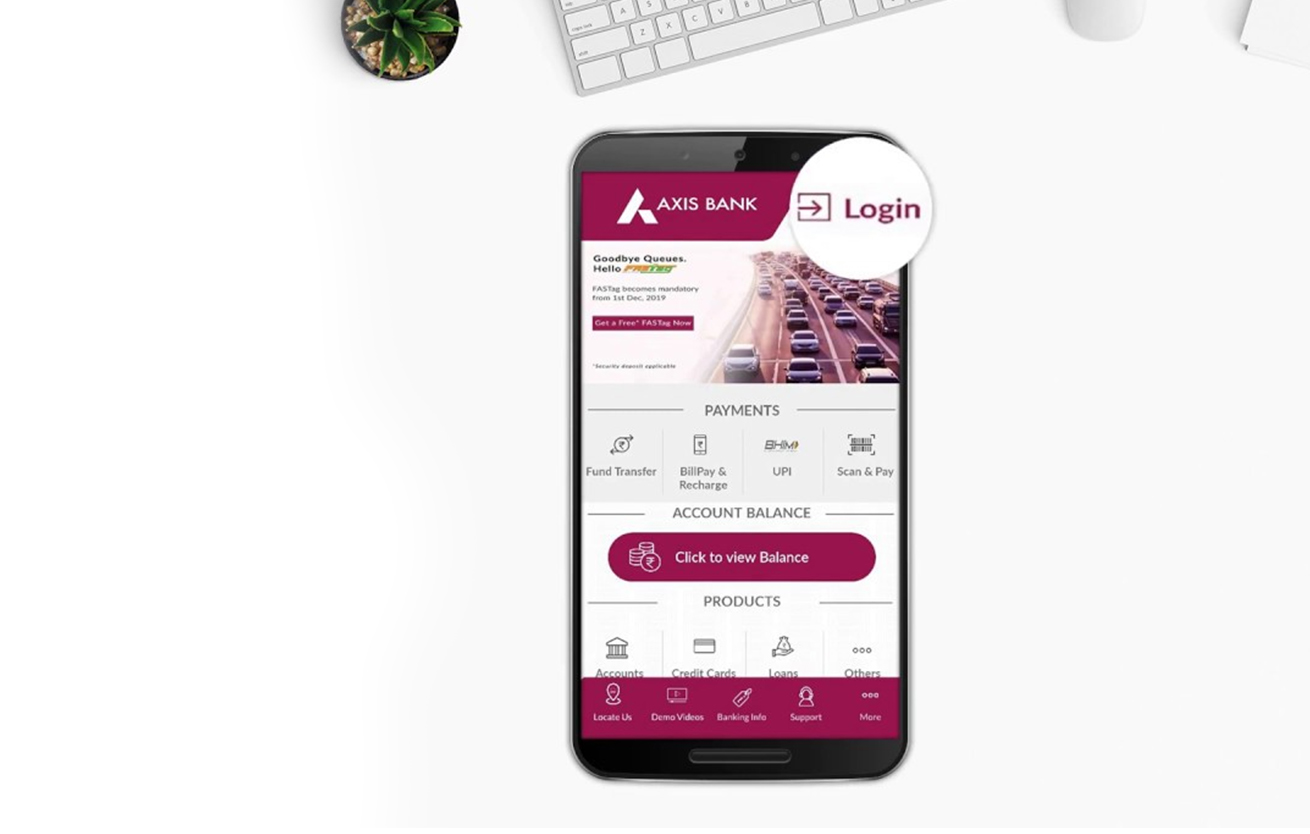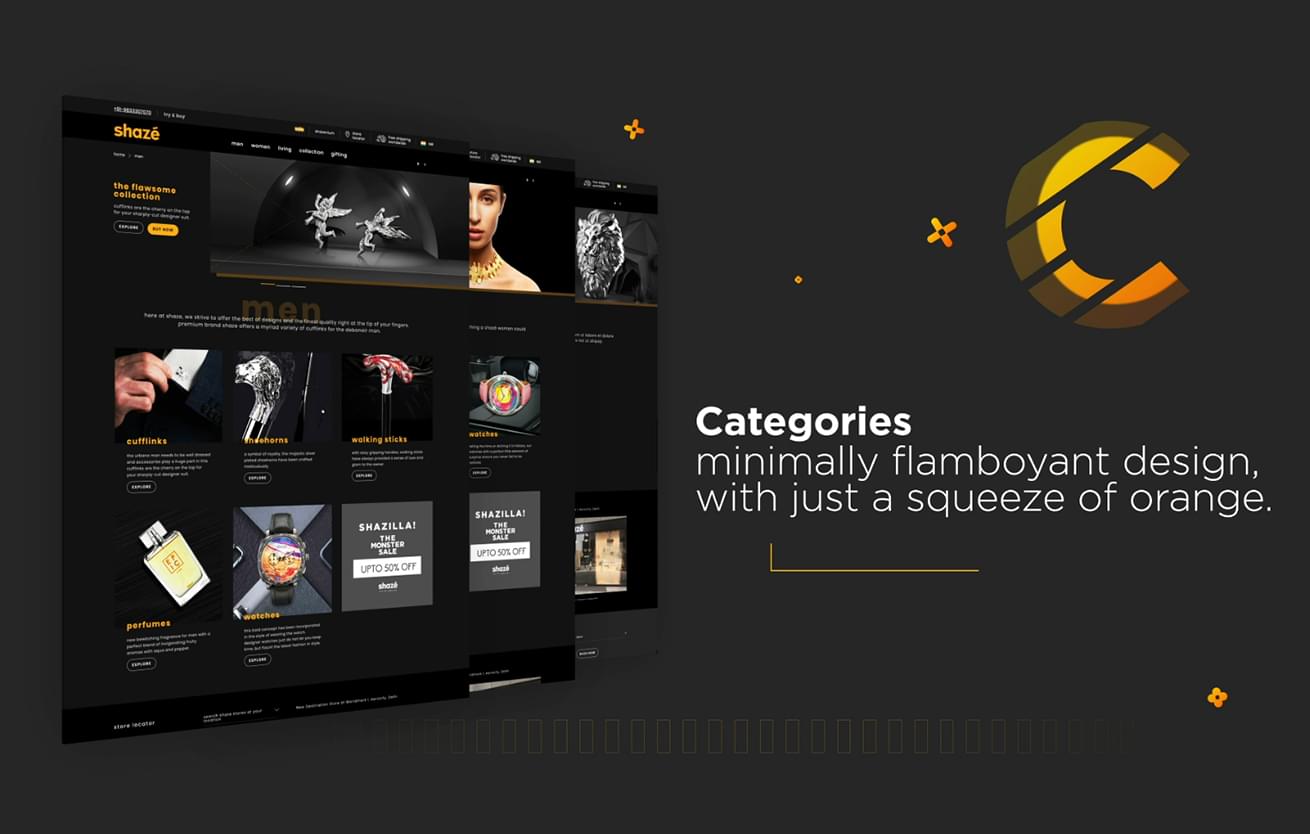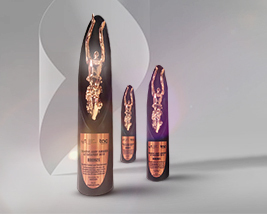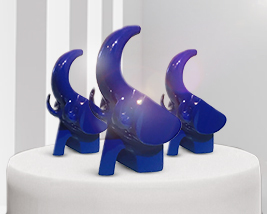Good gets better when you #ShareYourLight: Connecting the disconnected souls during Diwali through a toll-free number.
Diwali symbolizes the light of celebration, connecting relationships, and fostering joy. Yet, in the shadows, there's an India in old-age homes and shelters, yearning for the light of hope during the festival. The insight underscores that nothing illuminates Diwali like the light of kindness, which has the power to bring hope and build connections.
Read more#FlauntYourBefikar: Staying relevant to the Gen-Zs with design language that embodies their bold and befikar expression.
In the fast-paced world of Gen-Z's social media consumption, a hair and personal care brand faces the challenge of standing out amid the clutter. Leveraging the insight that Gen-Z embraces fearless self-expression without stereotypes, the brand aims to captivate their attention by aligning with their cool and comfortable style.
Read moreKeep fighting, keep winning: Tapped into well-known athletes who have triumphed over cancer to inspire the ones fighting the battle through a gripping narrative by Pfizer.
Pfizer, a cancer research pioneer, seeks to provide more than just treatment by creating an inspiring film recognizing cancer patients as winners, not just survivors. Understanding that the will to fight is crucial, the goal is to offer patients the inspiration they need, drawing from the real-life triumphs of those who have redefined the term 'Cancer Survivor.'
Read moreThe Good Vibes: A first-of-its-kind web series that helped a B2B brand generate eyeballs and create saliency in the B2C segment.
For Legrand we adopted a content-centric strategy for B2C engagement, focusing on relevance and relatability. "The Good Vibes," a web series subtly featuring their products, capitalized on Indians' 1.27 hours of weekly digital video content consumption, successfully integrating Legrand's appliances into everyday life.
Read more
How Mufti Showed Men How to
#KeepHerHappy!
We aimed to redefine 24/7 jeans living via digital media for Mufti. The approach was to expand Joggers into a lifestyle concept, and the solution included social teasers, a video, a digital survival guide, and a microsite, showcasing the brand's commitment to an inclusive and adaptable lifestyle.
Read moreParle Kismi
Discover the sweet uniqueness in every personality, just like Parle Candies. Poppins is for the fun and mischievous, Kismi for the mushy and lovey-dovey. In our Valentine's Day campaign, we're bringing this concept to life by letting couples name their dream date after the candies.
Read more
Parle Melody
Late to the digital game, Parle Candies aimed to revive Melody's social presence, merging nostalgia with modern appeal. Leaning on the iconic tagline 'Melody itni chocolaty kyu hai? Melody khao khud jan jao,' the campaign sought to evoke individual responses in today's era of diverse voices.
Read moreIndia's First Instagram Microsite
Legrand India sought to stand out during Durga Puja by offering a meaningful connection beyond pandal sponsorships. Recognizing the nostalgia of those who've left Kolkata for better job opportunities in bigger cities, the brand aimed to bridge the gap and resonate with this longing for the grand festival back home.
Read moreHow machine-made delivered TOMR for humans: Partnered with Jio Ads and used MiQ’s DCO mechanism to create hyper-personalised programmatic ads based on anxious match moments to increase SOV for the most popular antacid brand.
Recognizing that IPL-induced stress and packaged foods contribute to acidity, the campaign strategically intertwined key match moments with the antacid's attributes. Leveraging Jio Ads and MiQ's DCO, hyper-personalized programmatic ads were swiftly generated during critical moments like run-outs and catches.
Read moreBudget Bytes: Decoding the Union Budget in real time by partnering with Twitter to release a Budget Byte every 58 seconds.
The Union Budget is the talk of the town which directly affects the nation’s economy. Using the main event for your use? What better way to use social media and the audience and deliver what they want in seconds? Take a look at how we used it for Nippon’s branding and used it for their social media engagement.
Read moreVega Infuencer
Making a statement is the trick. To let a brand grow one must follow the trends, but with the Gen Z’s wanting it hip and their fast fashion needs, coming up with the fresh logo is a jump for Vega. this attracts the audience and existing customers' curiosity.
Read more
FedEx
Express
FedEx, facing fierce competition in India, aimed to build deeper connections with business owners. Their approach revolved around the idea of adding value and getting closer to these businesses and their proprietors, seeking to foster stronger, more meaningful relationships.
Read MoreAxis Bank
Axis Bank aimed to enhance consumer banking experiences by redesigning its app for simplicity and user-friendliness. The insight focused on personalizing each interaction based on individual customer needs, prioritizing a tailored and user-centric approach.
Read moreVOXPOP
VoxPop, an online retailer of Pop-culture merchandise, aimed to secure a spot on Google's first page with minimal spending. The strategy involved leveraging Google's Image Search algorithm to organically display VoxPop Images in response to pop-culture event searches, enhancing visibility, attracting relevant traffic, and driving sales.
Read more1 year, 840 emailers, ₹3000 crores of business: Turned lack of loyalty towards emailers into TOMR for TATA Shop Share Smile with “the first email in the inbox” initiative.
The goal was to establish top-of-mind recall, expand the user base, and boost sales for the 'TATA Shop, Share, Smile' platform among TATA group employees nationwide. Recognizing the tendency of professionals to overlook corporate emailers, especially unless essential, the challenge was to engage them effectively, particularly with the first email of the day.
Read more
Indiabulls
Indiabulls Home Loans aimed to connect with the evolving Indian Man and adapt its communication accordingly. The insight was that today's Indian man embodies a multifaceted personality, evolving beyond the traditional provider role to embrace various facets like a devoted father and loving husband, mirroring the diverse aspects reflected in his interactions with Indiabulls.
Read moreShaze
Shaze sought to redesign its e-commerce site to align with its "Living More Than" brand philosophy, emphasizing breaking barriers and transcending limitations. Their key insight was centered on utilizing reflections to vividly express their brand ethos and products.
Read more
Rolls Royce
Rolls Royce wanted to launch one of their high-end Wraith cars, emphasizing its grandeur. They sought a digital marketing agency to create a user-friendly website highlighting the car's unique features for prospective customers. Their insight led to a customized microsite for Wraith's launch in Singapore and Hong Kong, facilitating VVIP RSVPs for an exclusive event, and showcasing their dedication to an impeccable UI/UX experience.
Read moreGood gets better when you #ShareYourLight: Connecting the disconnected souls during Diwali through a toll-free number.
Diwali symbolizes the light of celebration, connecting relationships, and fostering joy. Yet, in the shadows, there's an India in old-age homes and shelters, yearning for the light of hope during the festival. The insight underscores that nothing illuminates Diwali like the light of kindness, which has the power to bring hope and build connections.
Read moreVOXPOP
VoxPop, an online retailer of Pop-culture merchandise, aimed to secure a spot on Google's first page with minimal spending. The strategy involved leveraging Google's Image Search algorithm to organically display VoxPop Images in response to pop-culture event searches, enhancing visibility, attracting relevant traffic, and driving sales.
Read more




